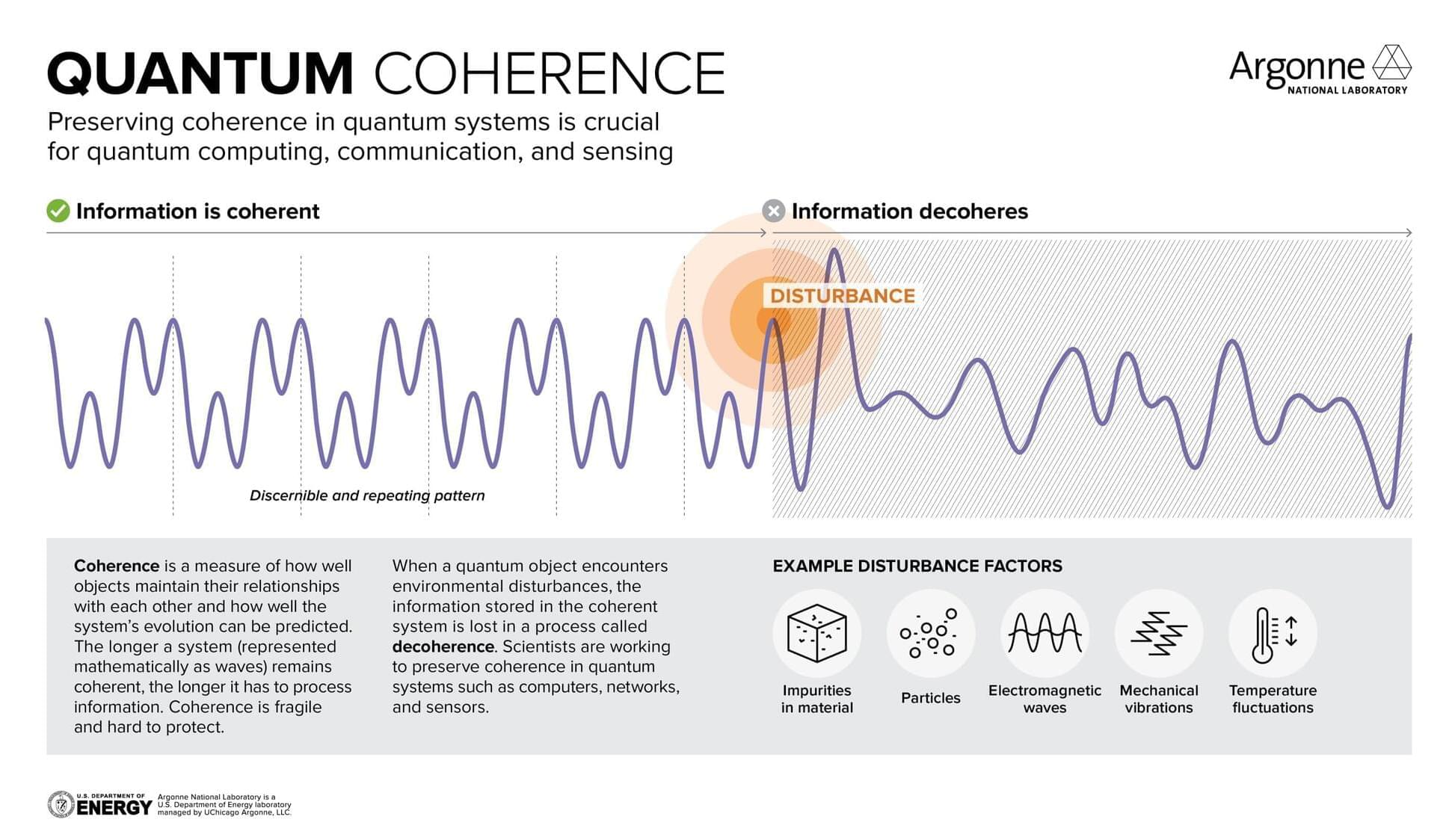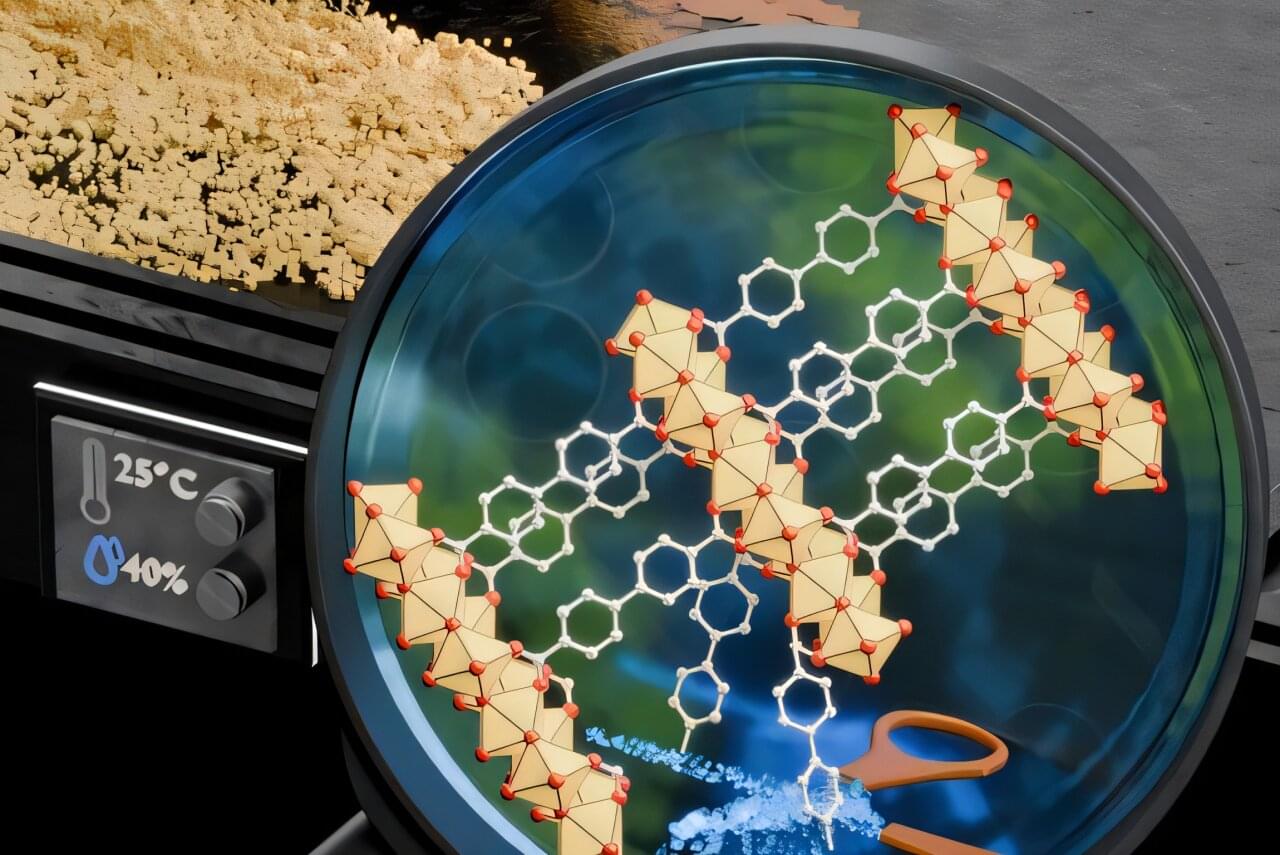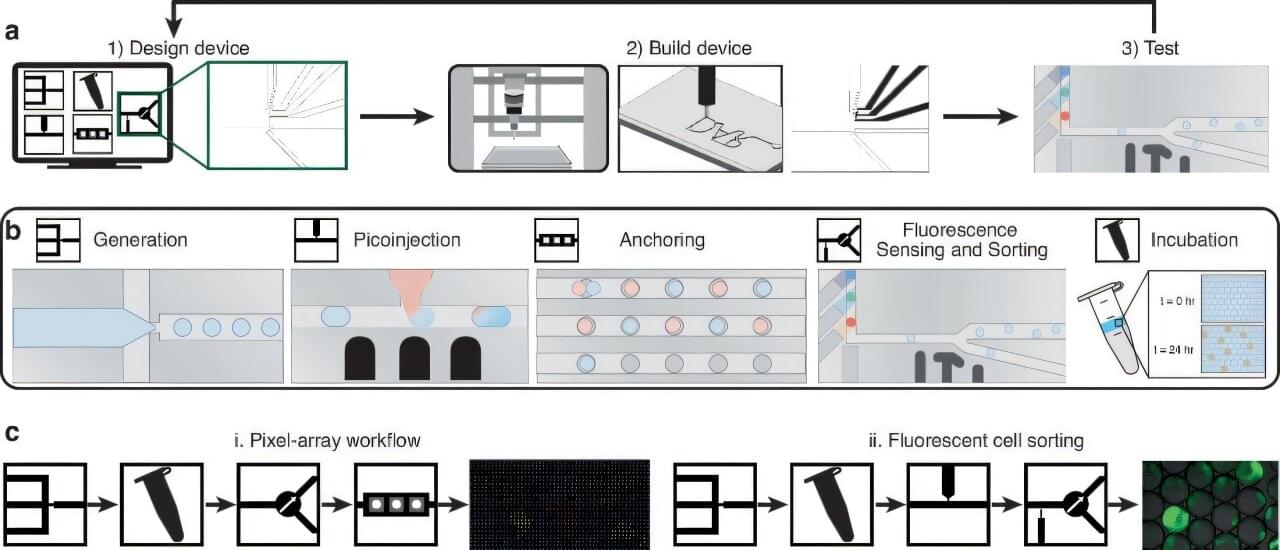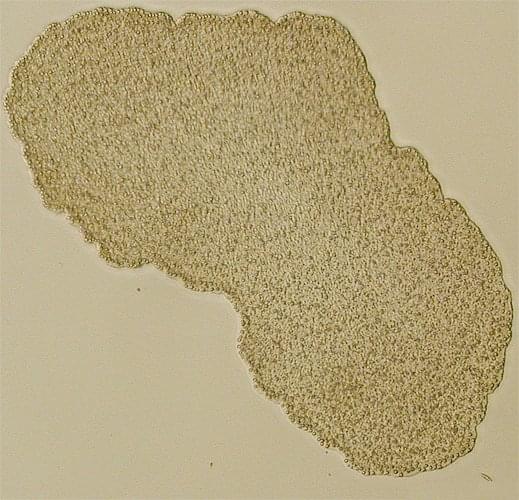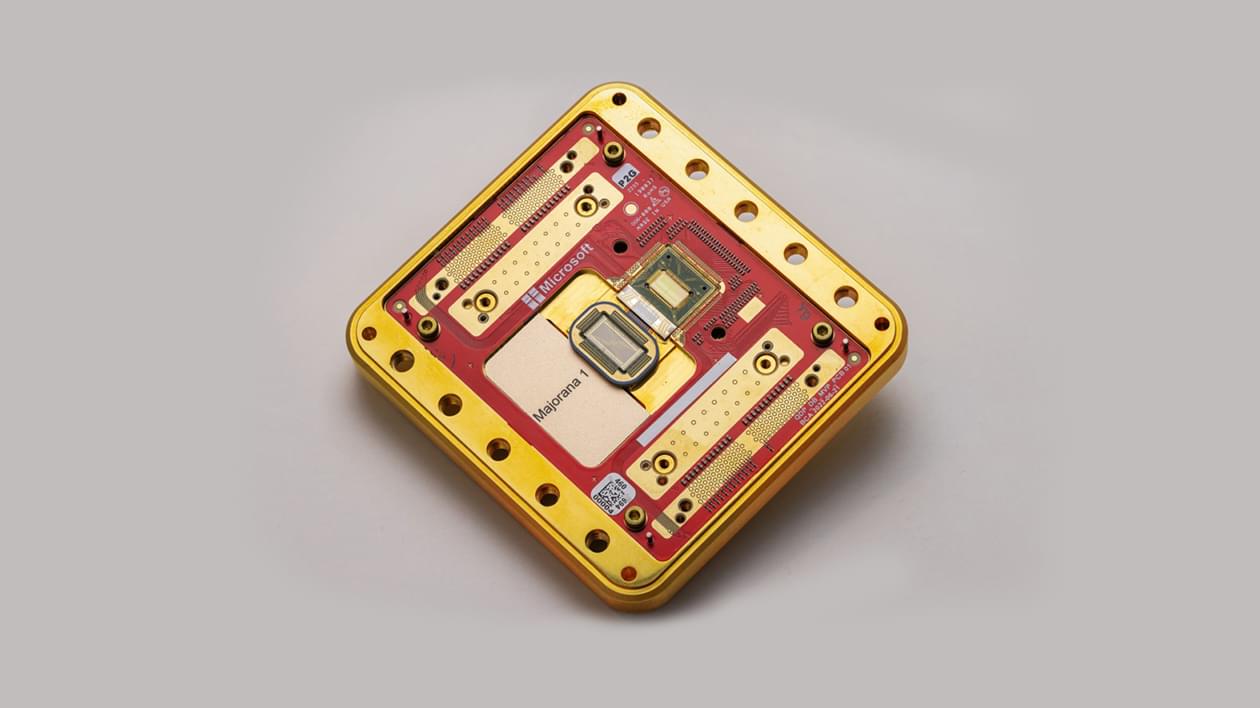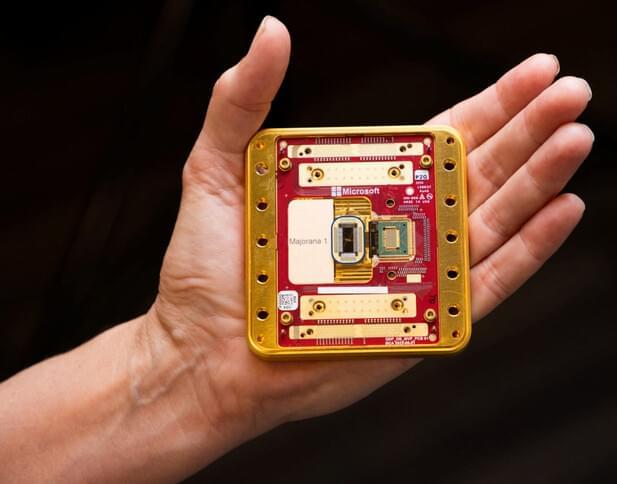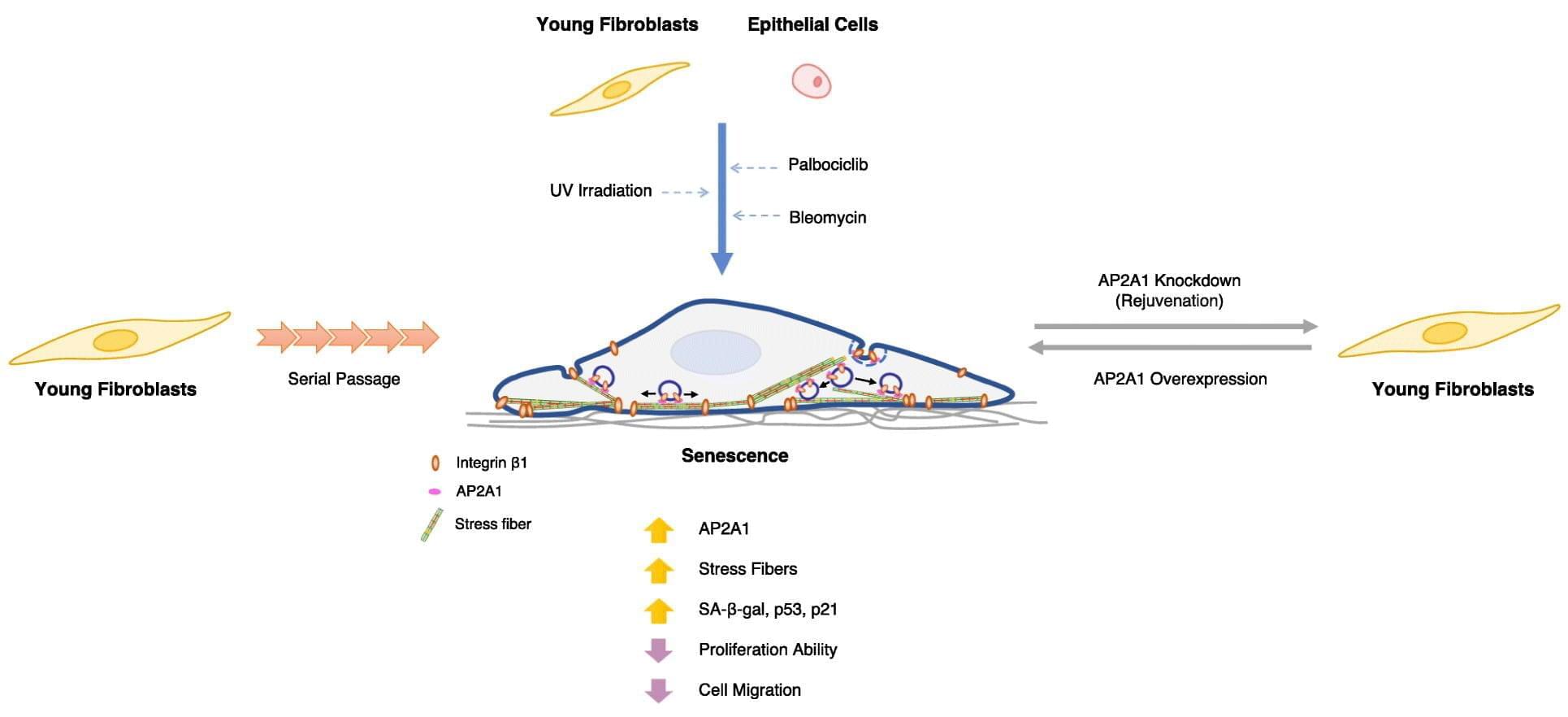We say a message is incoherent when we can’t make it out, or when it doesn’t make sense. A scribbled note, a drunken argument or a conversation taking place five tables down in a crowded cafe might all be incoherent. In general, “coherent” means the opposite—consistent, connected, clear.
In science, the word coherence takes on more specific, mathematical definitions, but they all get at a similar concept: Something is coherent if it can be understood, if it forms a unified whole and if those first two qualities persist.
Scientists originally developed the concept of coherence to understand and describe the wave-like behavior of light. Since then, the concept has been generalized to other systems involving waves, such as acoustic, electronic and quantum mechanical systems.
